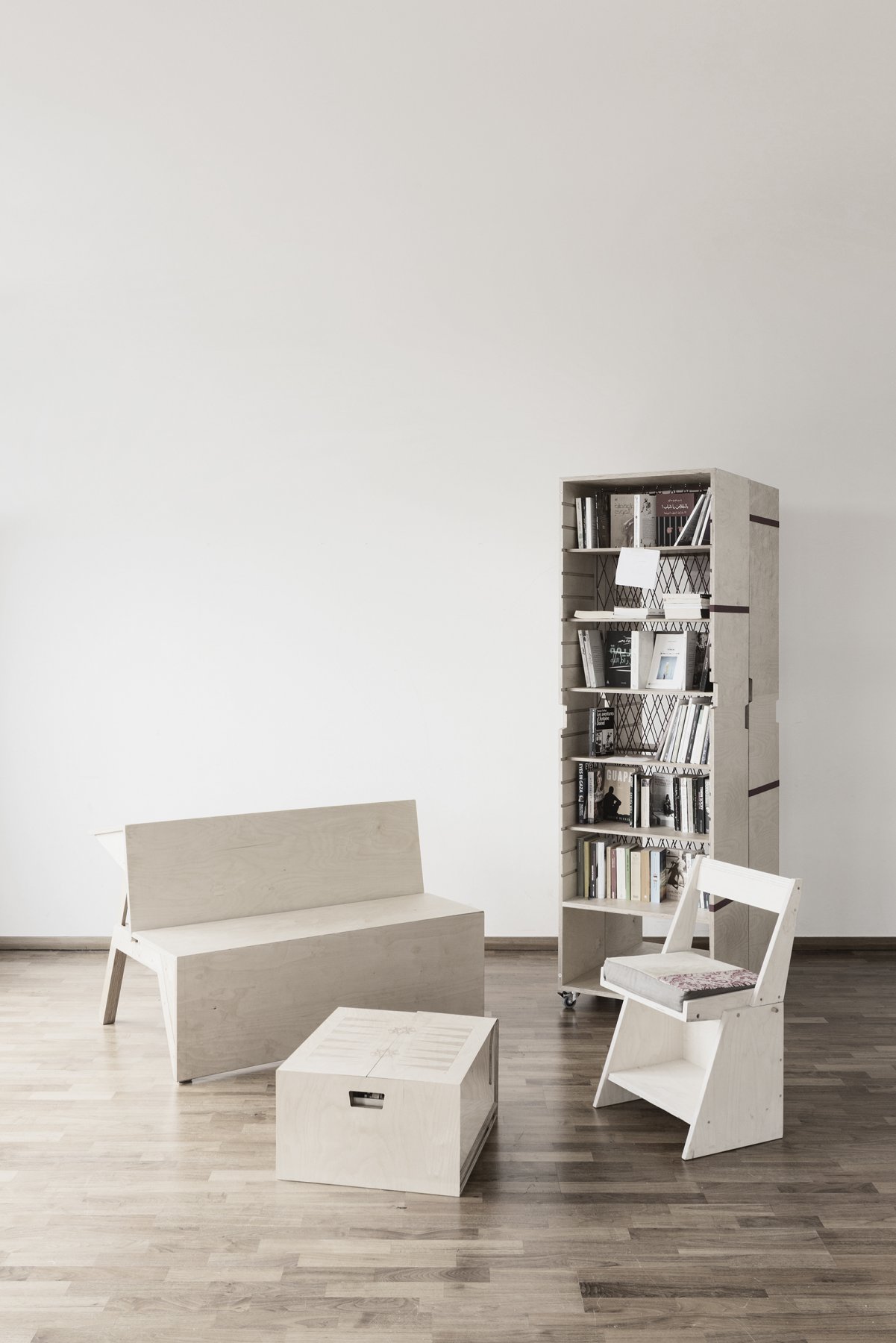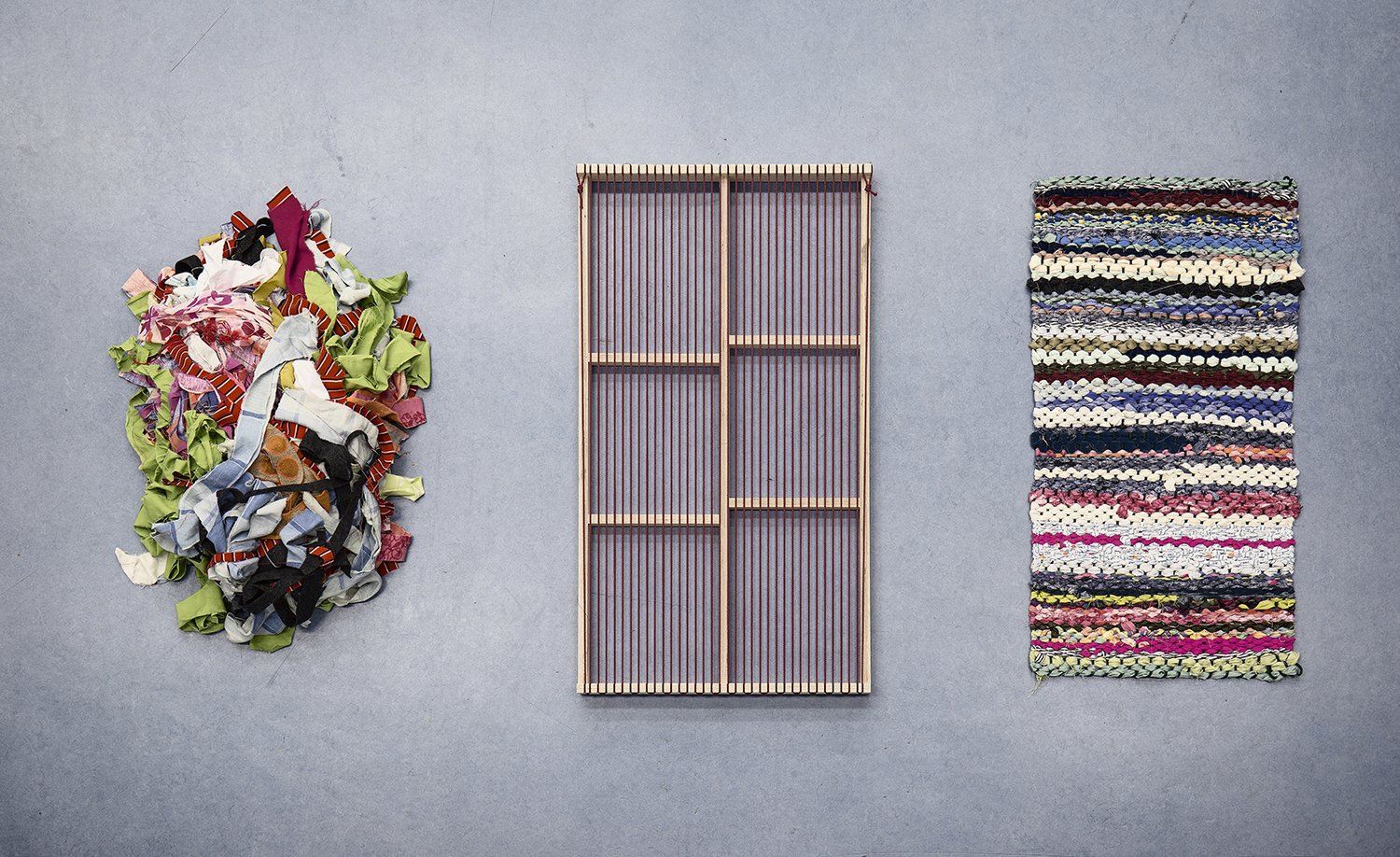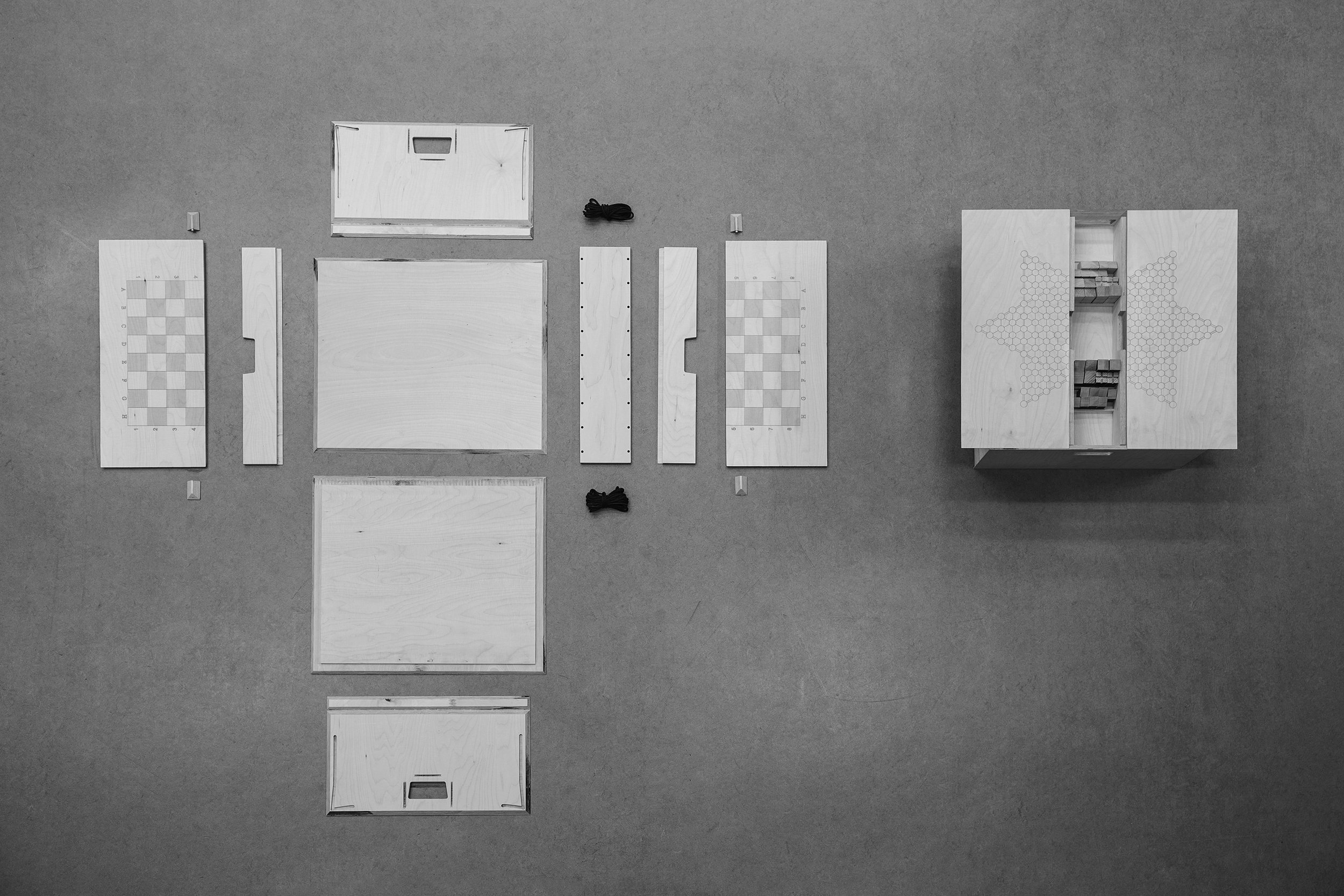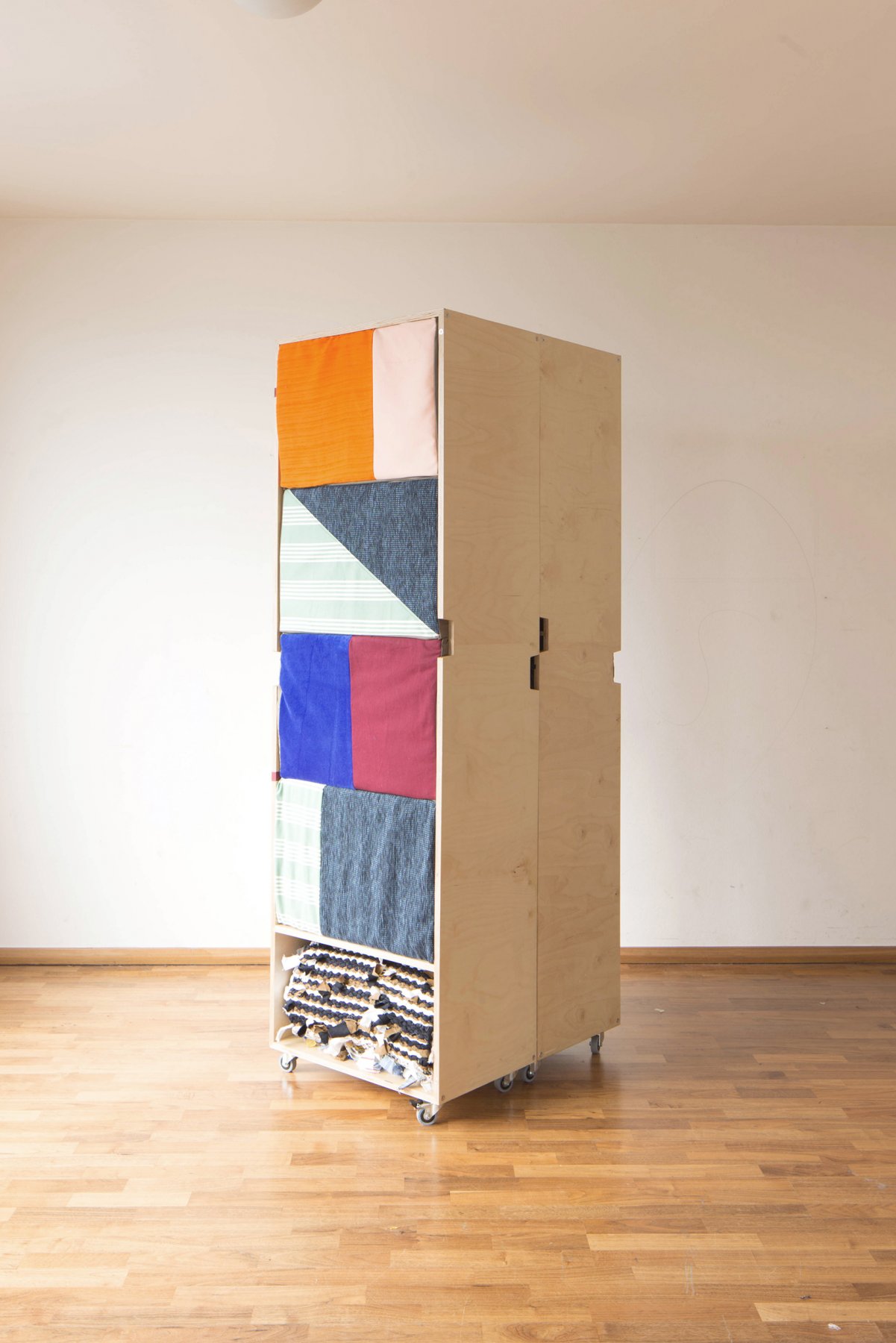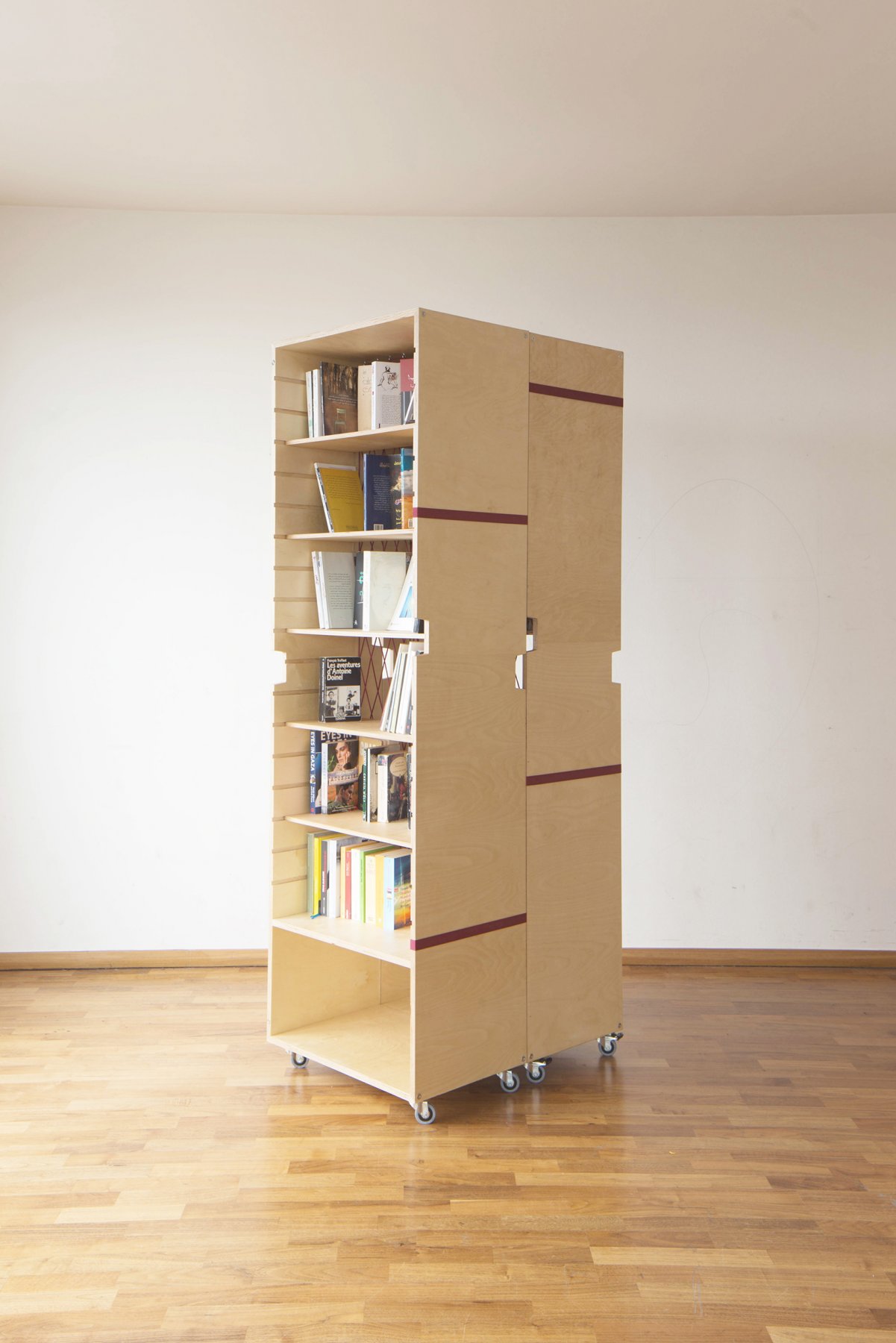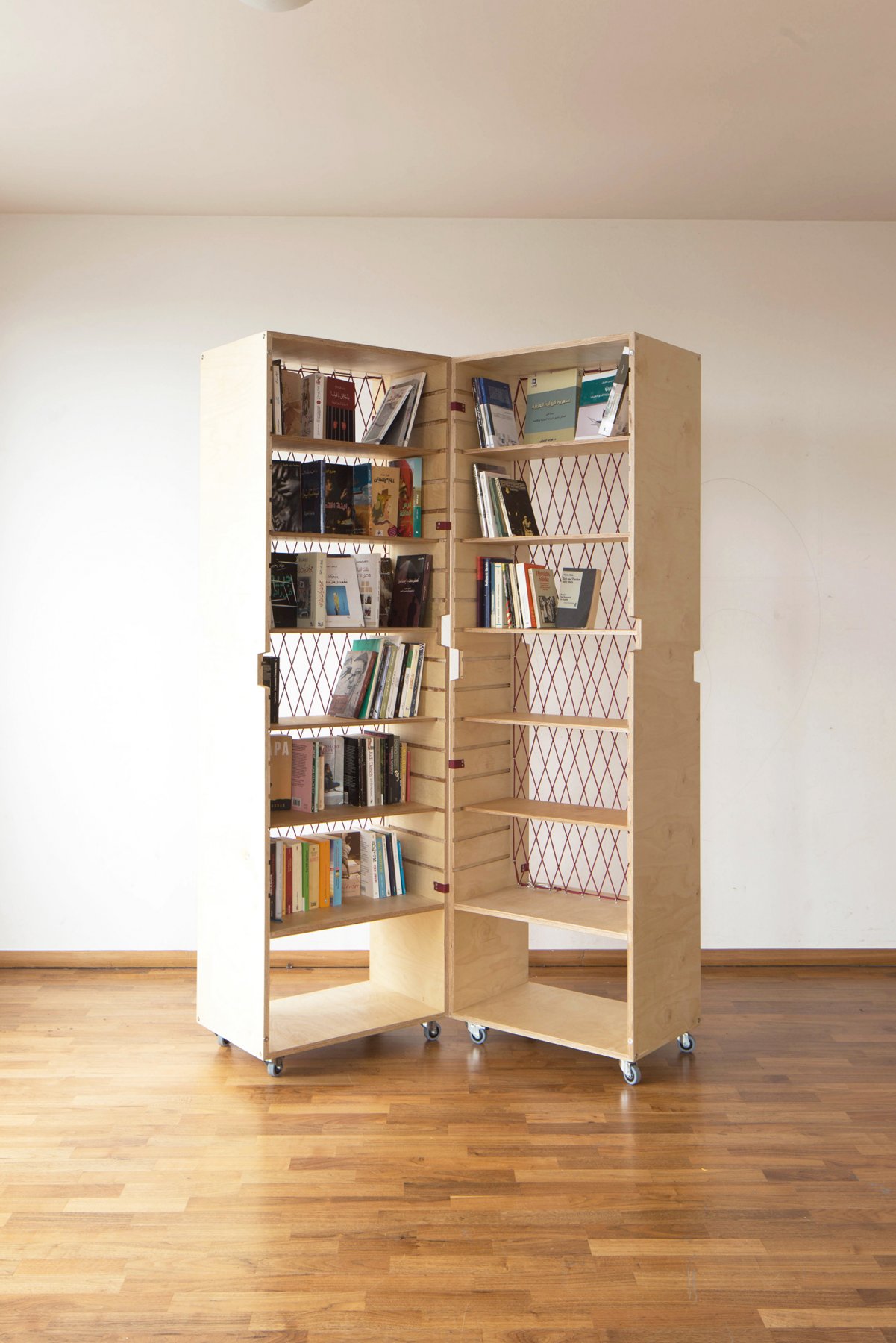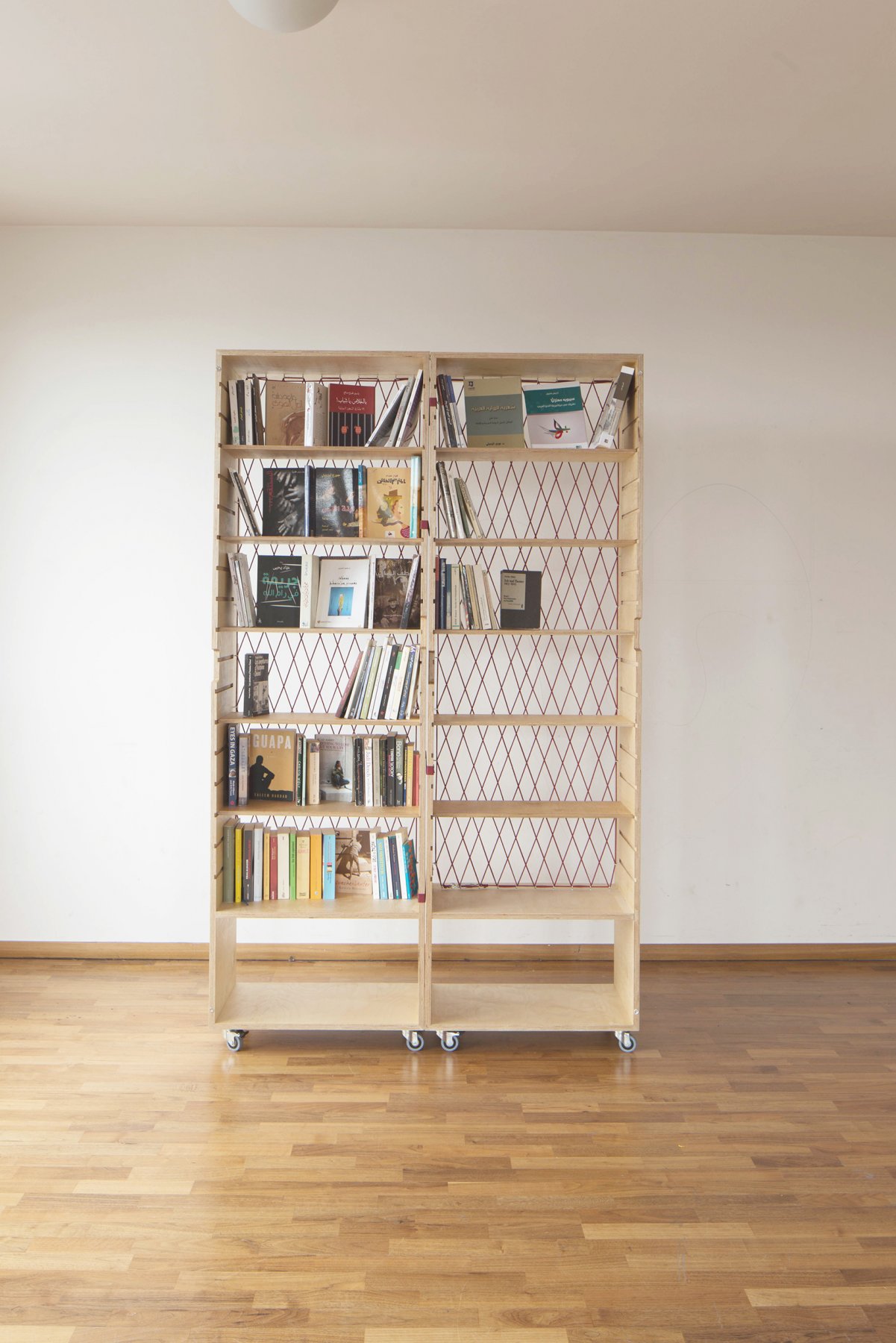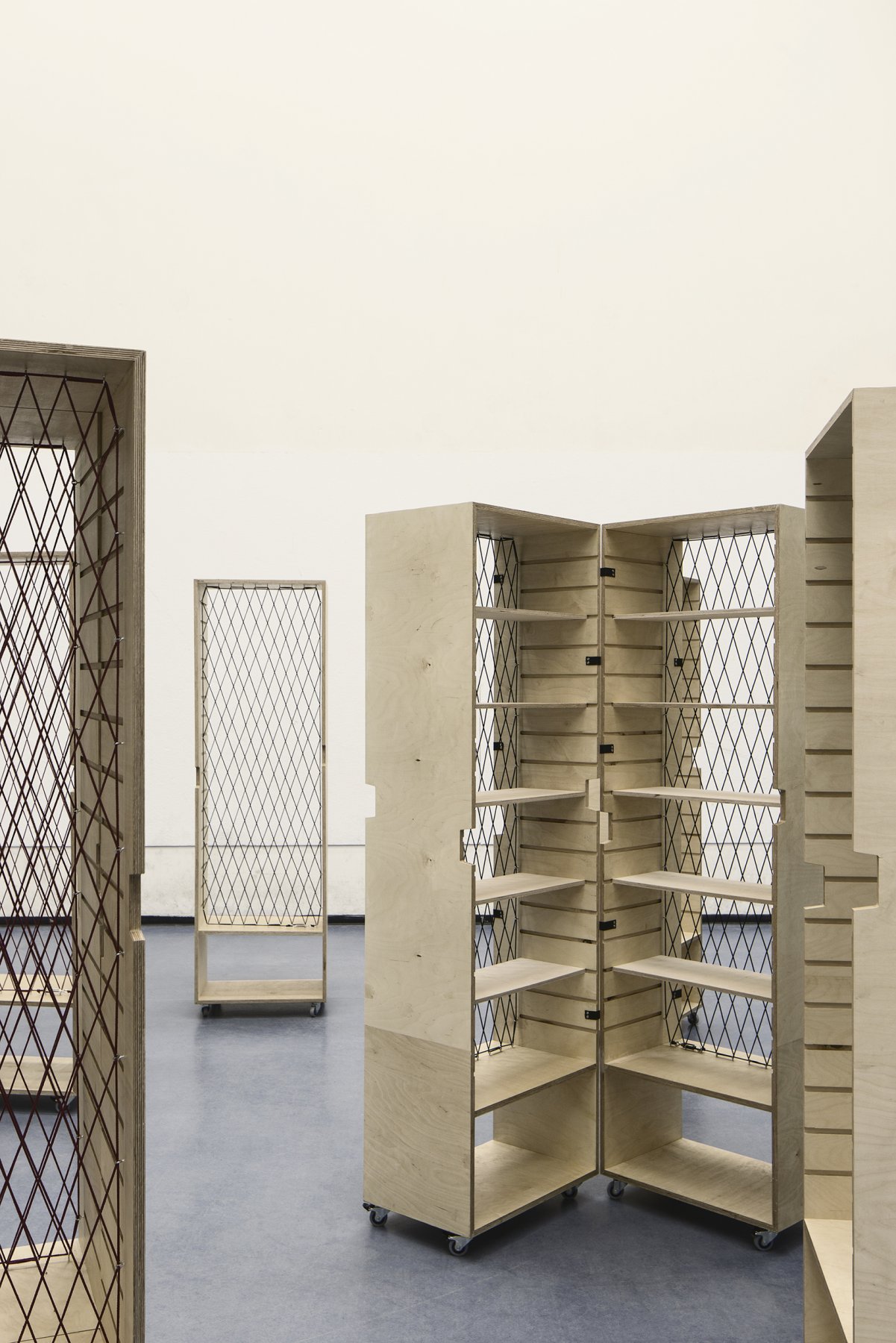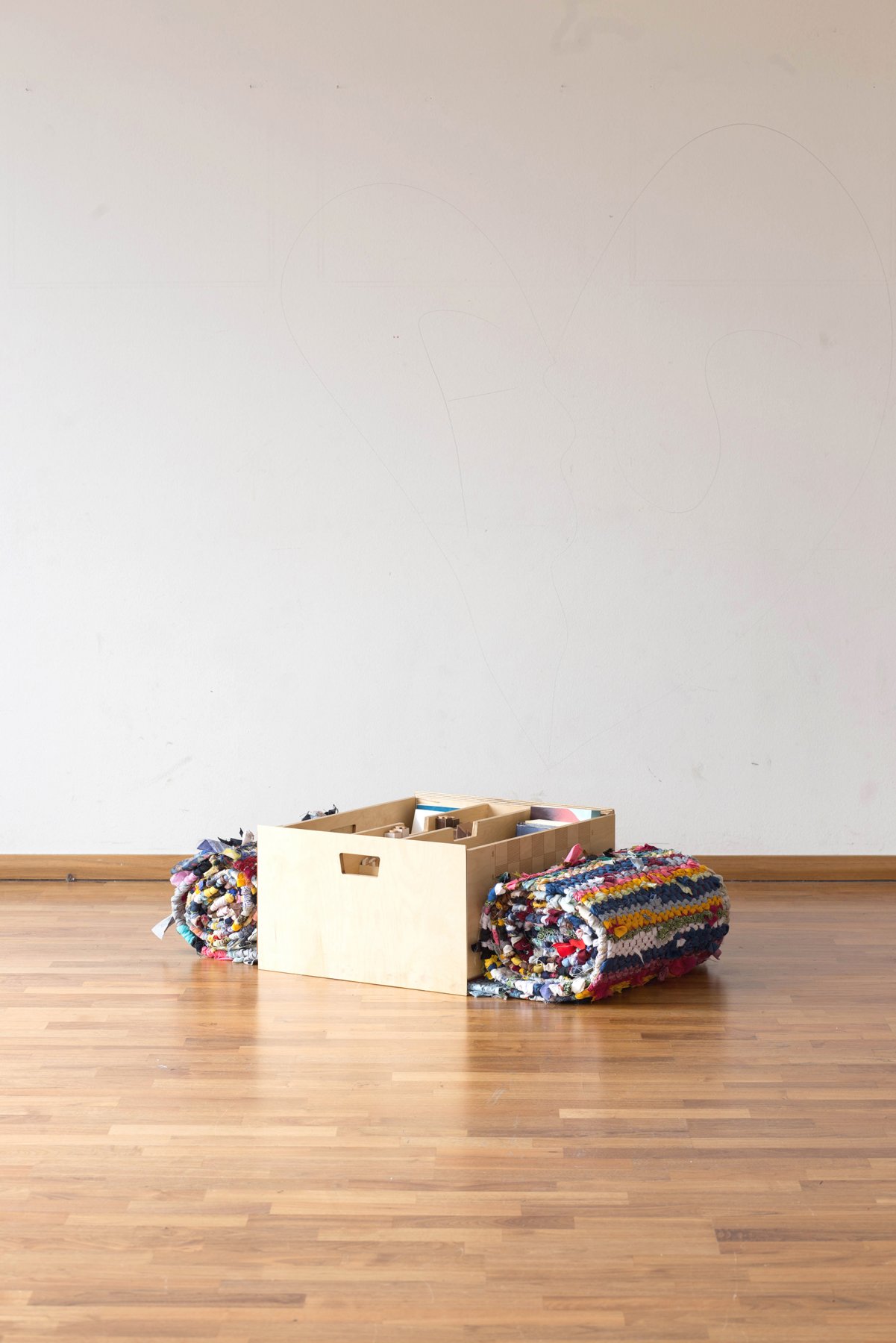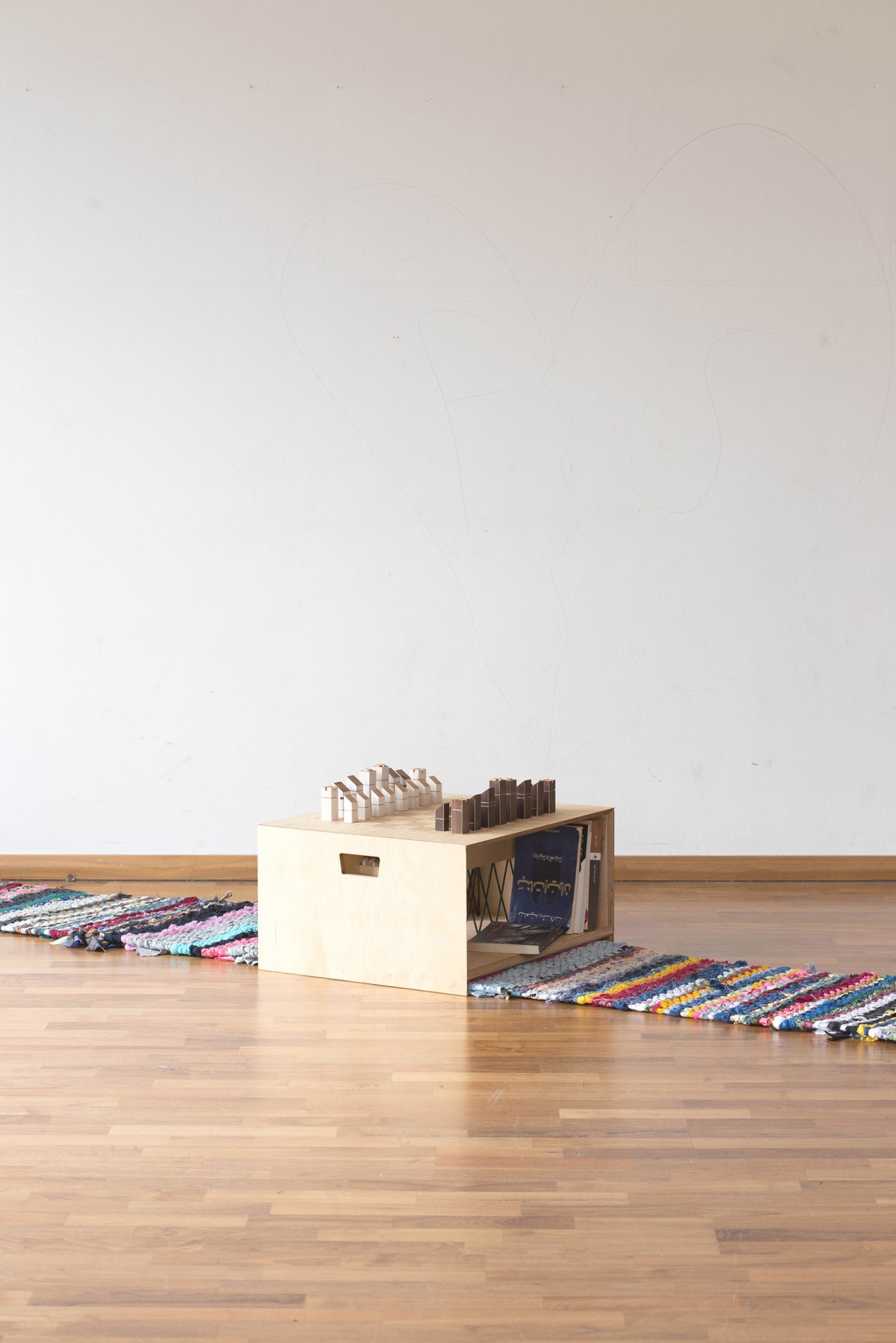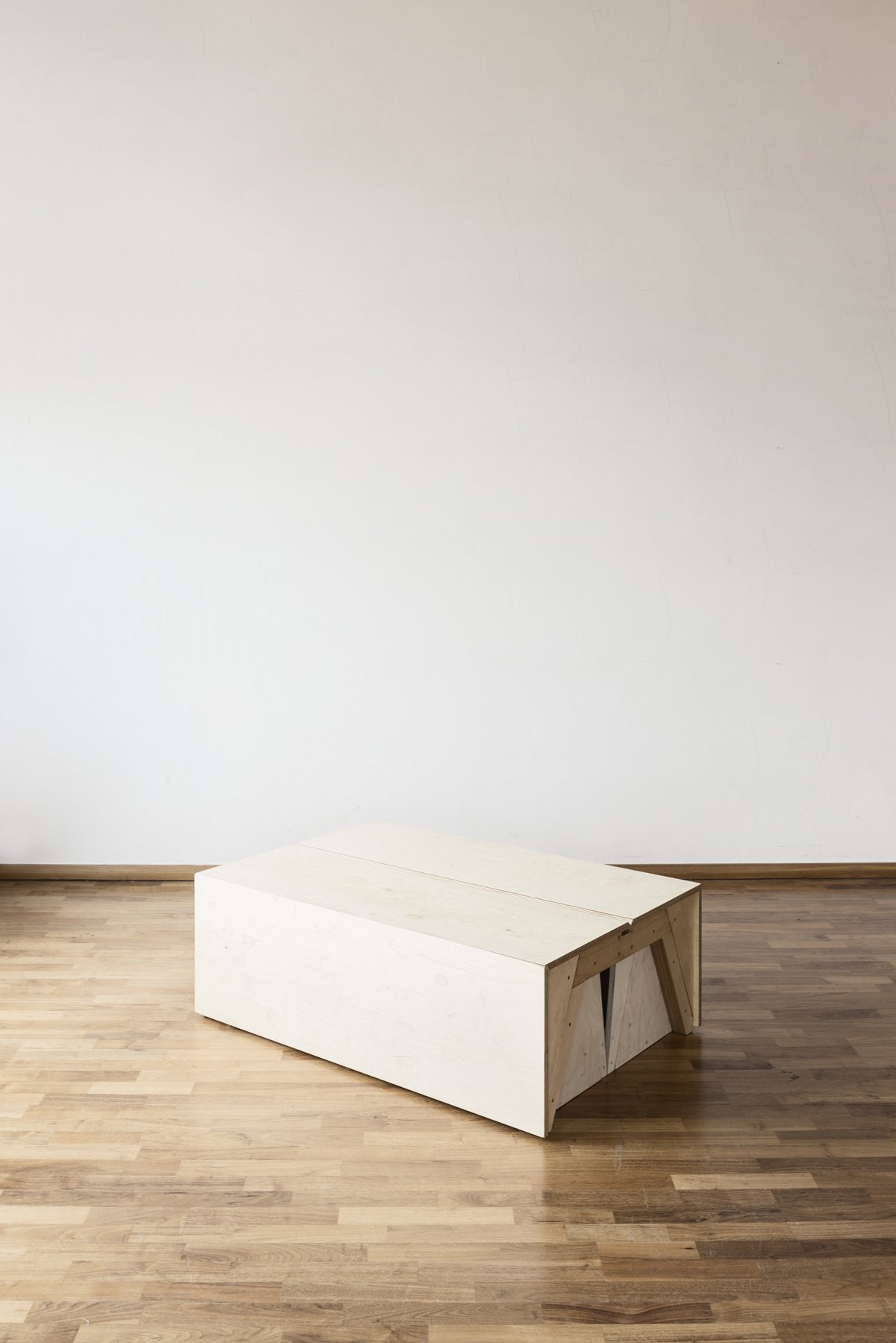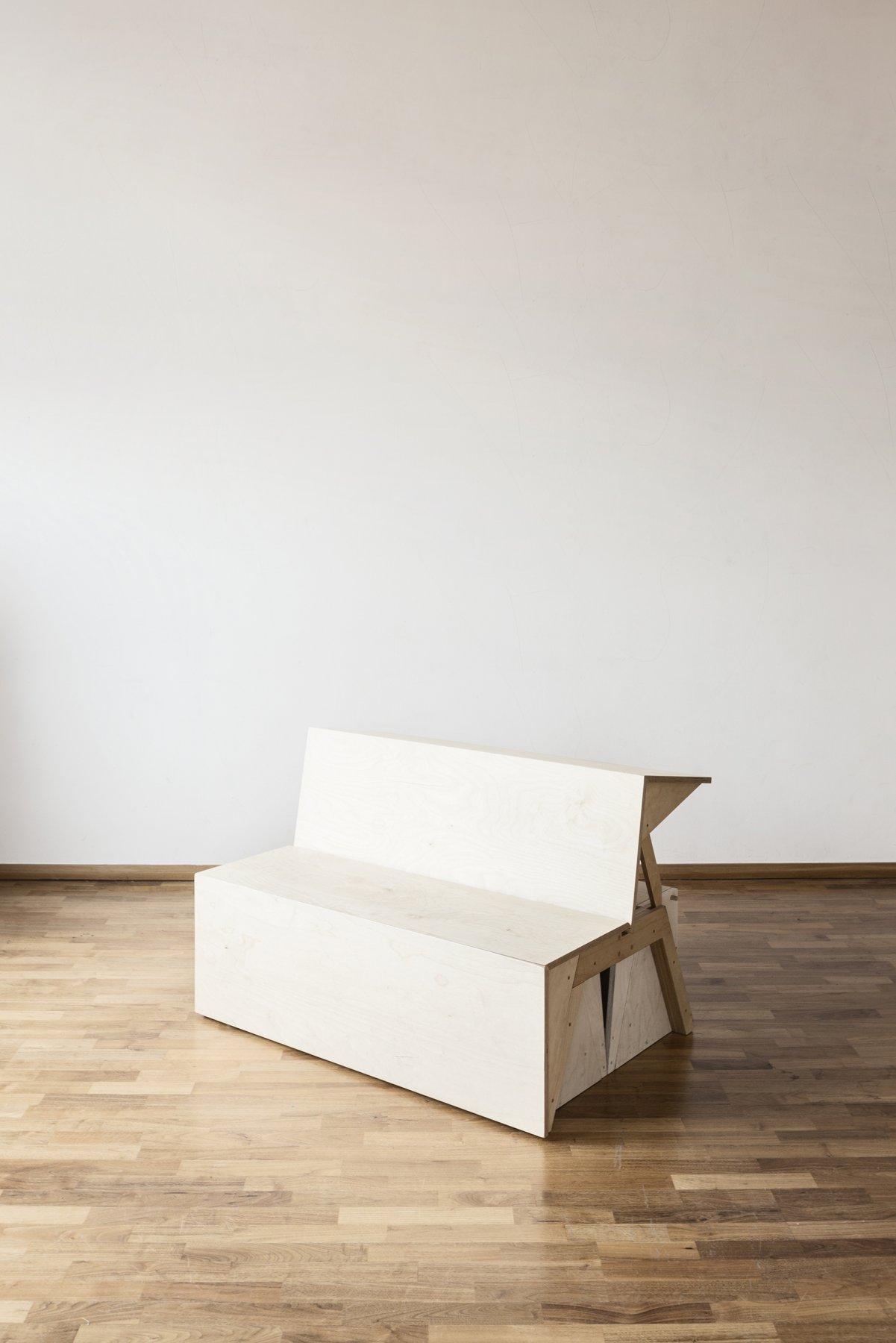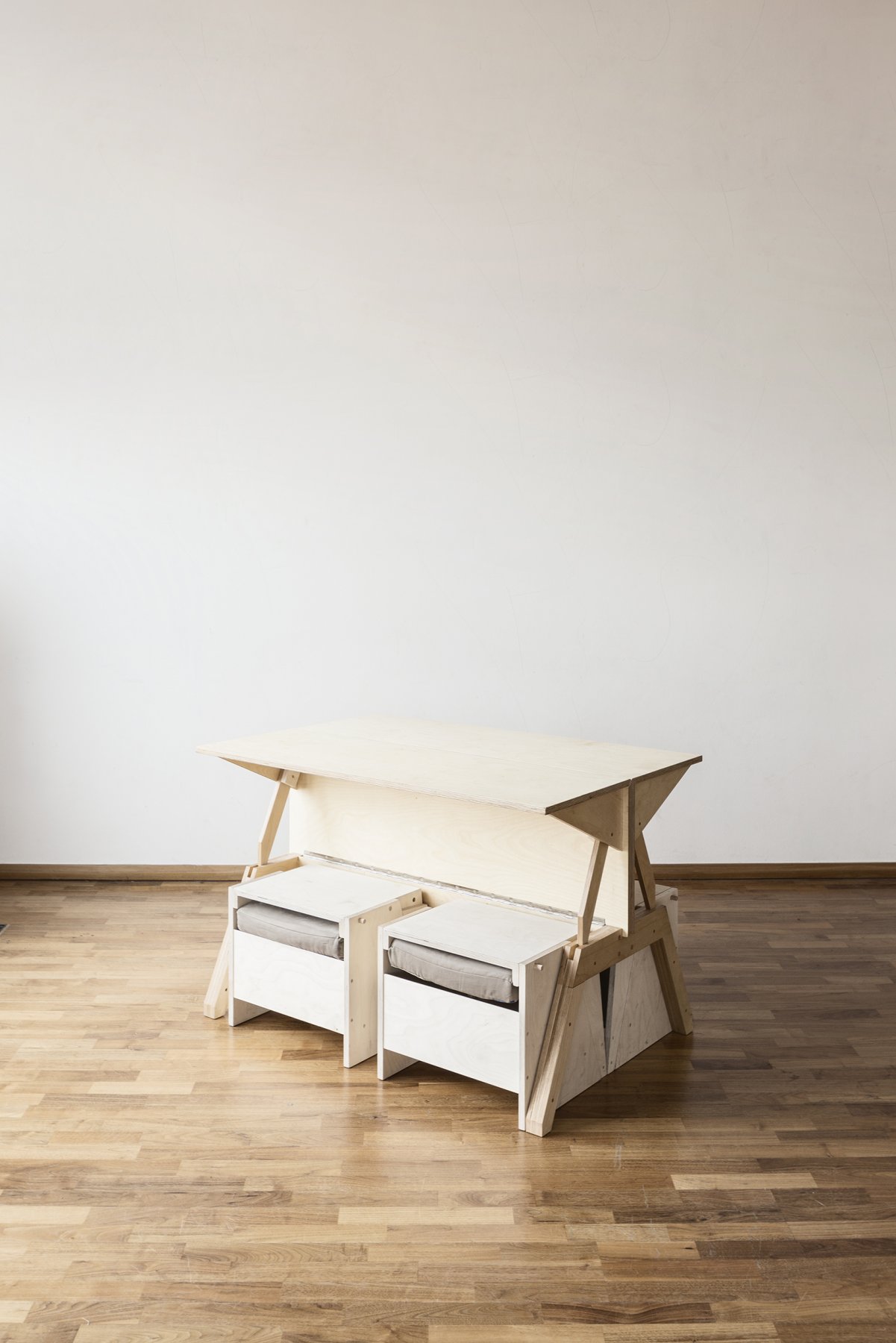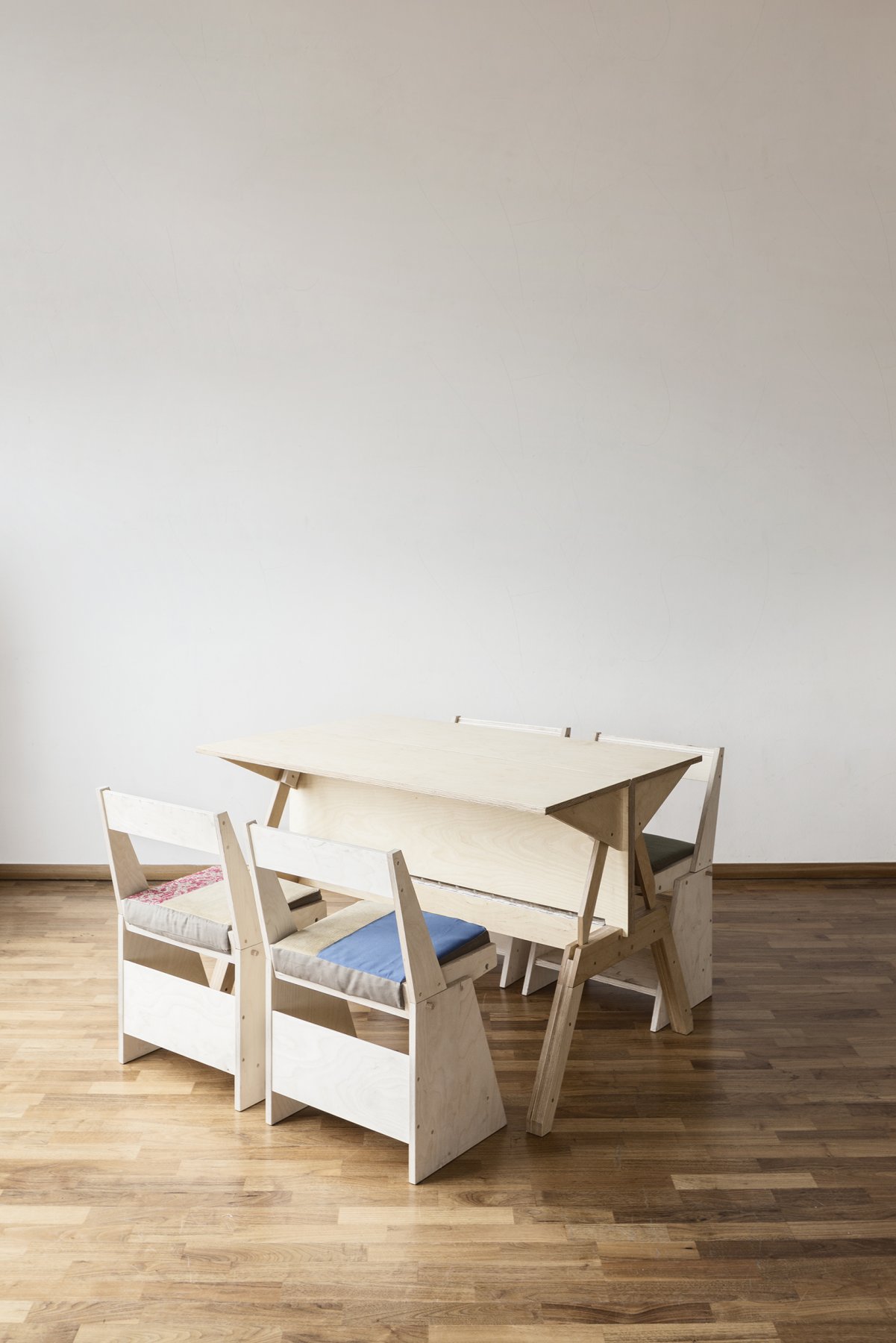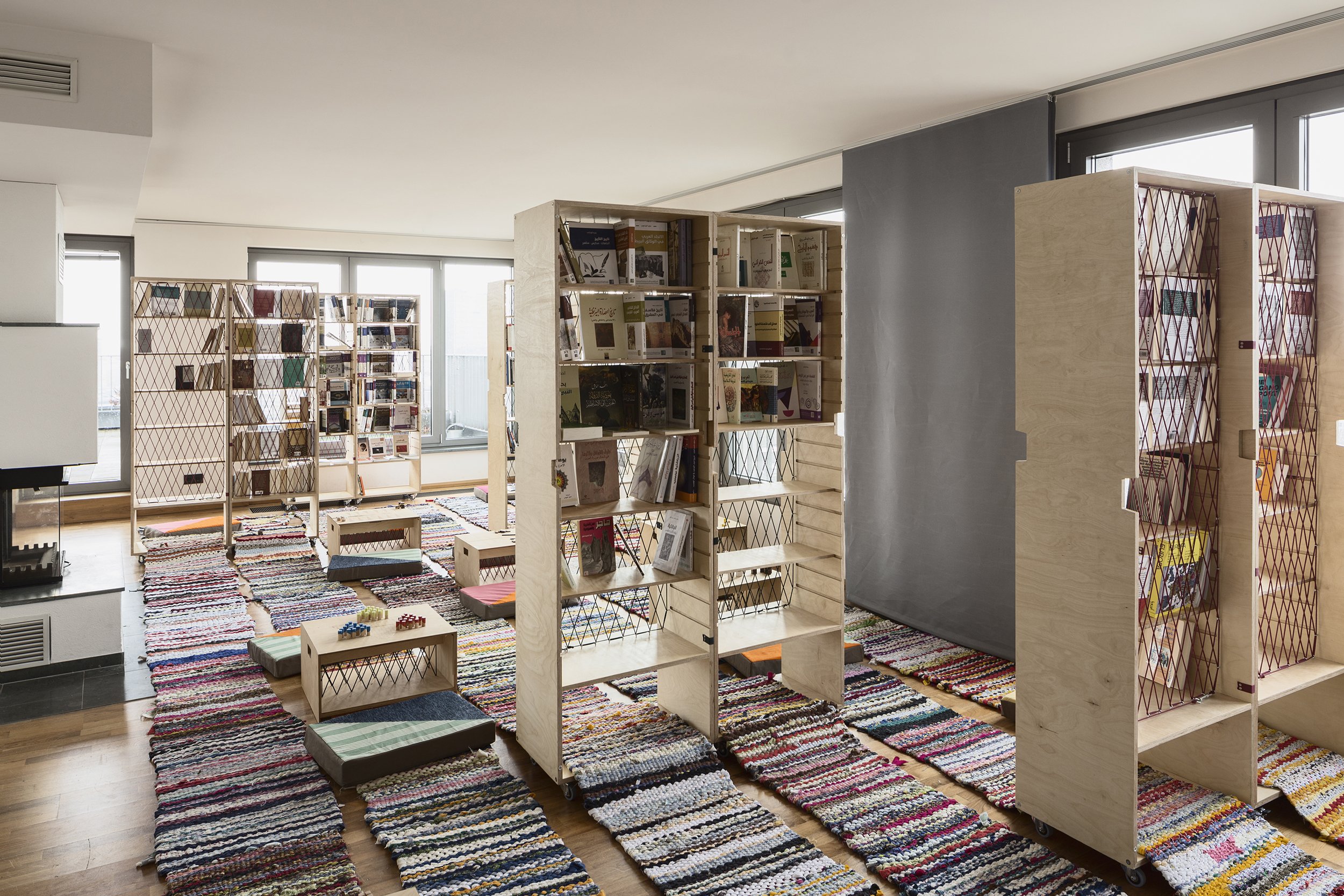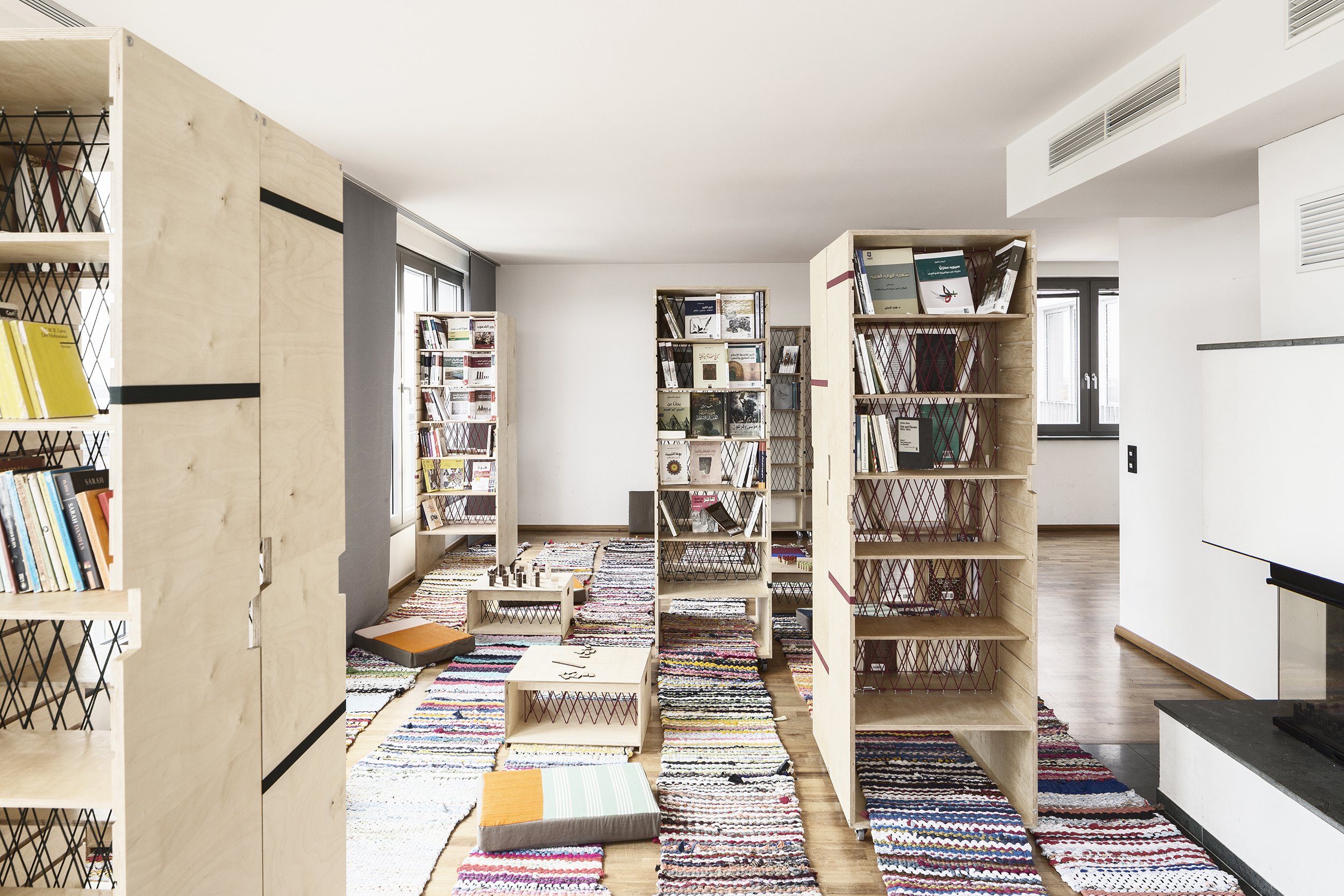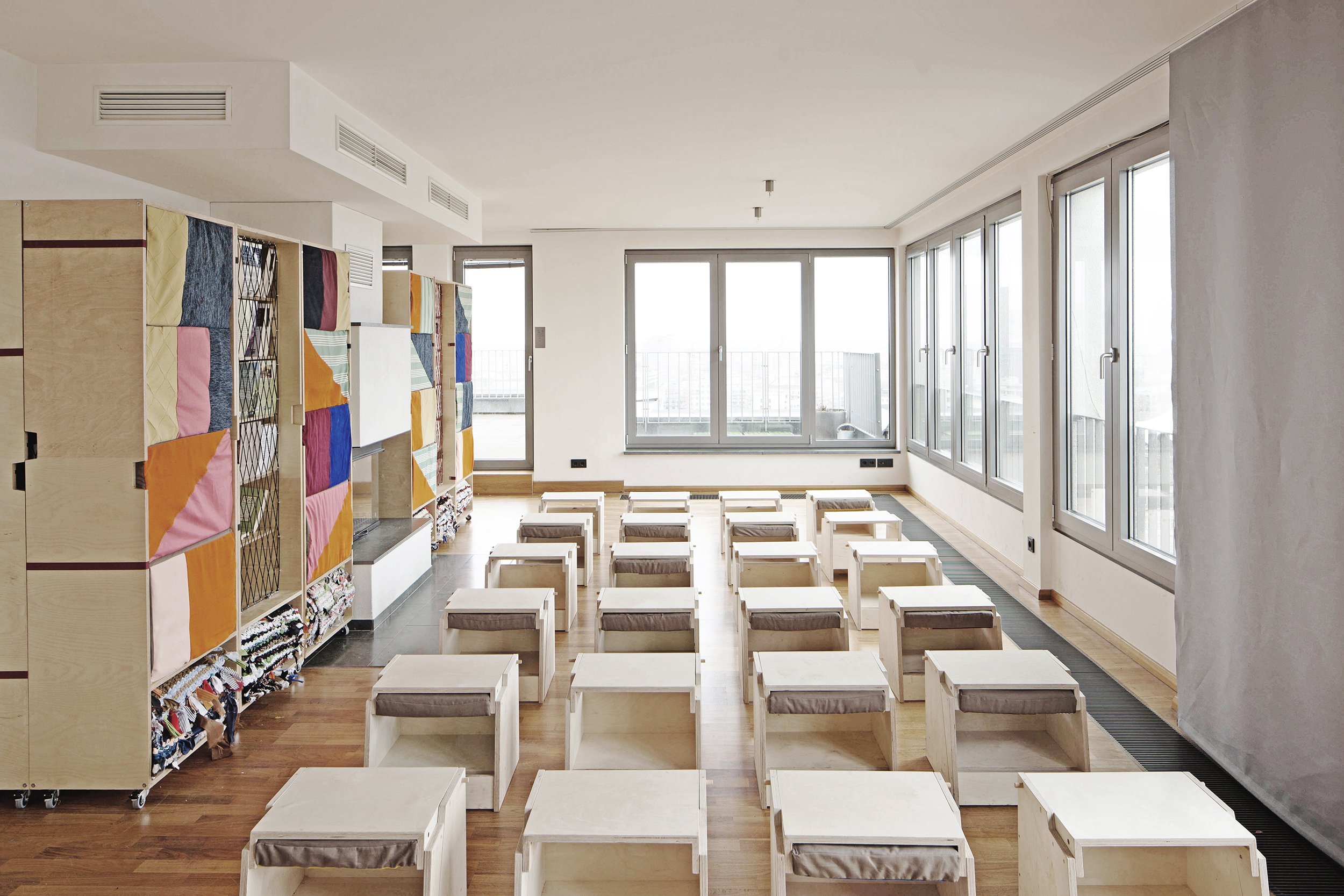The idea behind the project began in the early part of 2016 when several friends
were asking each other for advice on where one might find Arabic literature in Berlin.
Most people coming to Berlin at that time had had to leave everything behind –
obviously their books as well. The refugee crisis became increasingly apparent,
different organizations set up programs and workshops for refugees, although rarely
with refugees themselves. So the idea developed of opening up a library and cultural
meeting place ourselves.
A library for newcomers and long-time residents can work anywhere. Wherever
people start a new communal life, books can make you happy.
Baynetna. The New Library is both a salon and a library at the same time, and seeks
to open up Arabic and Western culture to each other. Learning about traditions
and everyday life with family and friends is a wonderful way of moving beyond
a perspective that views people as ‘others’ and instead fosters an approach to
discovering the things we share, such as our common humanity.
Baynetna.Between Us gives everybody – regardless their legal status – the chance to
borrow books in Arabic, English or German. We are hosting numerous art exhibitions,
as well as music, film and literature events. With this combination we intend to build
a bridge between the European and Arabic cultures and encourage reflection and
contemplation among our visitors.
The library has been opened since March, 2017 and already there are more than a
thousand books available for borrowing. The number will be increased with the help
of fundraising. Several readings, poetry events and workshops, with an average of 70
visitors, have already taken place.
In April 2016, our former student, Dana M. Haddad, contacted us for the first time.
Baynetna.Between Us had found a suitable place for their library within the project of
the ‚ZK/U – Center for Art and Urbanism‘ in a former hotel in Stresemannstraße.
‚The ‚ZUsammenKUNFT ‘is a model project for the co-existence of cultural
professionals, refugees, along with new as well as old Berliners. Since December
2015 the empty building in Stresemannstraße has been used as a converted shelter
for around 400 refugees under the administration of the German Red Cross. The two
upper floors are occupied with cultural and social projects, initiatives, artist collectives
and NGOs concerned with the topic of migration and coordinated by an expert
advisory board.‘ www.zku-berlin.org/satellite/zusammenkunft
The project convinced us and we decided to propose spatial use strategies and
to design the necessary furnishings by way of a design seminar. The library holds
lectures and exhibitions, as well as workshops, seminars and yoga classes; therefore,
the space has to be converted often and easily – sometimes is has to be cleared
completely. So not only furniture for a library had to be designed, but a flexible
modular system that could meet the needs of the various initiatives. The project also
needed to counteract a stale and insignificant hotel atmosphere.
In a seminar competition the most compelling strategies were extracted and
conclusively combined into a master plan in collaboration with all the students. From
the very beginning the students of the TU worked together with guest students from
the ‚In (2) TU Berlin‘ program, which helps refugees via a guest study program to
become regular students at the TU Berlin. It took only eighteen weeks from the first
drafts to realization.
The aim of the semester was to convey the complexity of designing and building.
Working on a project from concept development to realization allowed the students
to face the central questions of a building process combined with the core of
architectural thinking. They learned how to work with various stakeholders within a
tight schedule and a limited budget. This ‘learning by doing‘ approach presented the
students with real-life limitations and forced them to develop new design solutions
with simple materials. The realization phase showed that communication is the crucial
tool in a building process for both the users and for the construction team.
Seeing the process through from start to finish promoted craftsmanship and planning
skills, and allowed the students to understand designing and building as tools for
construction research.
